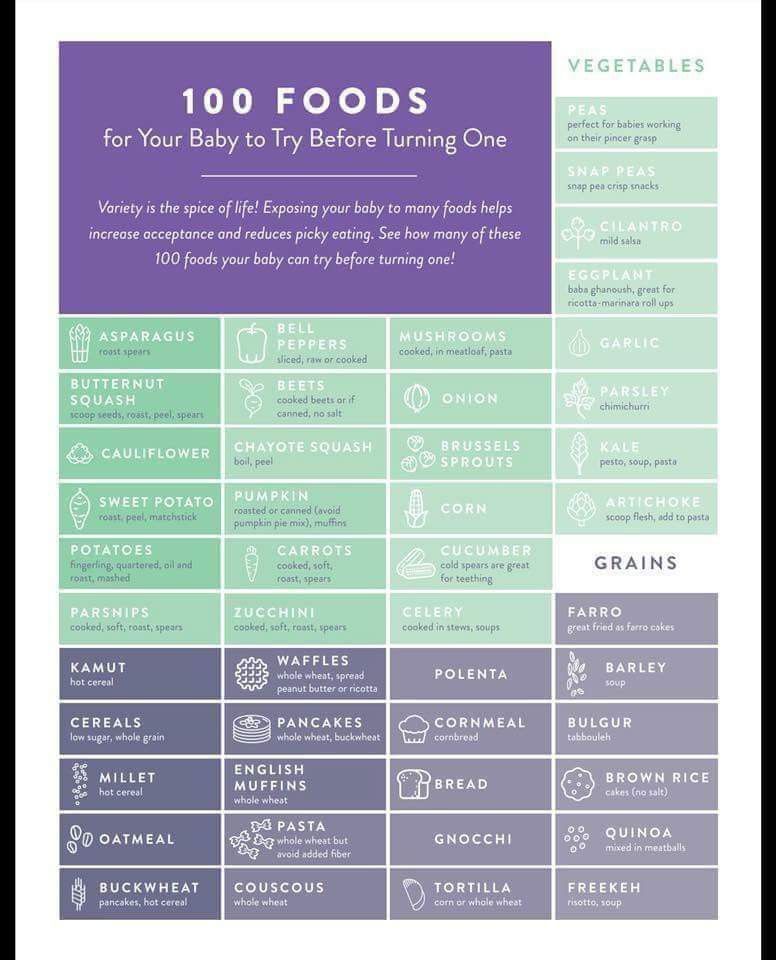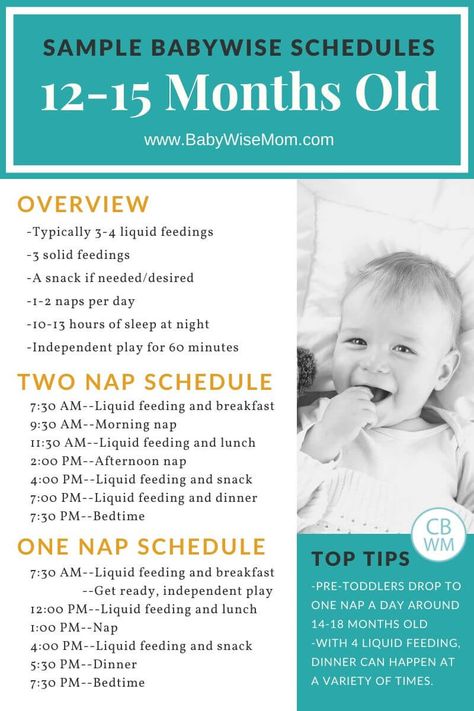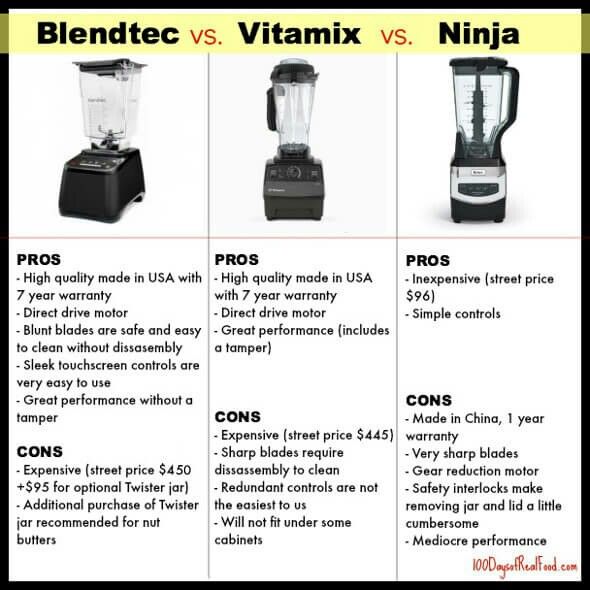Can you feed babies rice
All About Rice For Babies - Food Safety When Weaning
Rice is a very popular food that is ideal when weaning as it’s easy to prepare, helps with texture progression and can be offered alongside sauces and vegetables to create a balanced meal. In this blog I wanted to cover some of the most common questions I get when it comes to rice as well as offering some food safety tips from expert Jenna Brown.
When can I offer my baby rice?
From around 6 months, after your baby has had their first tastes, rice is perfectly fine to offer to little ones. It’s a great source of carbohydrates, which provide the energy that babies need to grow and develop as well as contributing to their protein, calcium and B-vitamin intakes.
What about arsenic in rice?
A question that often comes up when I mention rice is “what about arsenic levels?”. Arsenic is a substance that is naturally found in the environment and can make its way into in regions across the world. Too much arsenic in our diet could be harmful to our health, but it is not possible to completely eliminate it from our foods.
The large association between rice and arsenic comes from the fact that rice can take up more arsenic from the environment than other cereals, and it is also more commonly found in rice in its . There are two types of arsenic; organic and inorganic of which the inorganic kind is considered to be the most detrimental to human health. Whilst this may sound scary, it absolutely doesn’t mean that rice can’t form part of a healthy diet, for you or for your little ones.
In the UK there is strict legislation managing the amount of inorganic arsenic that is found in rice and rice containing products, and the amounts set are stricter for those products aimed at children.
Therefore, rice is a perfectly safe food to include as part of your family’s diet, but as with any other foods, it’s important to include a variety of carbohydrates, such as pasta, bread, rice, potatoes, quinoa, oats etc to help encourage diversity in yours and your little one’s diet! The advice is slightly different for rice milk, which I’ve written about below.
What about rice milk?
When it comes to rice milk, it isn’t advised to be offered to children under 5, because of the potential larger arsenic content that may be consumed this way. The reason this is different to rice is because children tend to drink more milk than adults and they also have a lower body weight so they are more likely to be exposed to higher amounts of arsenic when drinking rice milk as opposed to eating rice. Children over 5 years and adults can include rice milk as part of a varied and balanced diet.
If your child is dairy free, you can read more about plant-based milk alternatives here, and yoghurt alternatives here.
Do I need to start weaning with baby rice?
Many parents often feel that they need to offer baby rice first as it’s thought to be a gradual step towards solid foods. If you want to offer baby rice first, you absolutely can – it is often fortified with nutrients such as iron & zinc that are important when beginning weaning.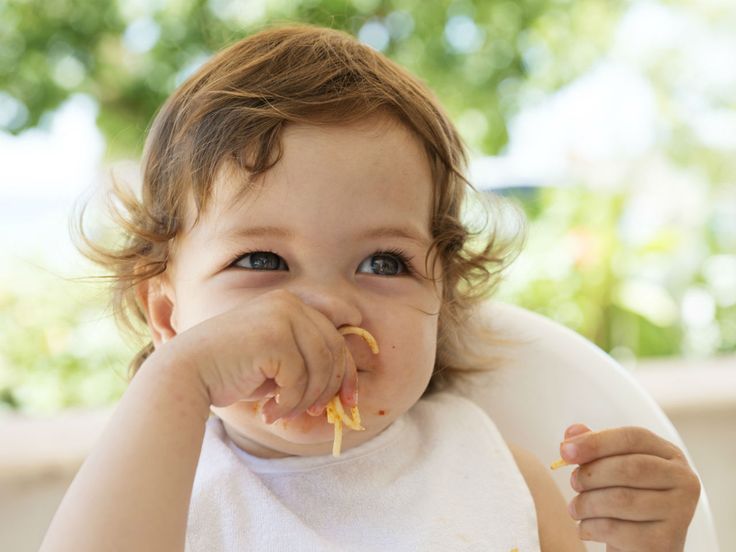 However, NHS guidance states that “babies do not need baby rice to help them move to solid foods or sleep better.” So, whilst there’s certainly nothing wrong with offering baby rice first, it’s not a necessary first step when weaning and means that you don’t need to buy an additional food that only your baby will eat.
However, NHS guidance states that “babies do not need baby rice to help them move to solid foods or sleep better.” So, whilst there’s certainly nothing wrong with offering baby rice first, it’s not a necessary first step when weaning and means that you don’t need to buy an additional food that only your baby will eat.
For more on offering baby rice first, check out my Instagram post here.
Can I give my baby wholegrain rice?
Yes! This is another common question I get when talking about carbohydrates in general as many parents feel they shouldn’t offer their baby wholegrains. For babies and young children, too much fibre isn’t advised simply because it can mean they get full quickly and before they’ve had enough in the way of other nutrients. For children under 5, it’s not advised to give them only wholegrain carbohydrates, but offer a variety of both wholegrain and white varieties.
You can read more about wholegrains for babies here.
What about rice and food poisoning?
(This section has been written by Jenna Brown. For more food safety advice, you can follow her on Instagram @foodsafetymum)
For more food safety advice, you can follow her on Instagram @foodsafetymum)
One of the things I ALWAYS get asked is whether it is safe to reheat rice! If you’re anything like me, I can never seem to gauge just how much rice to actually cook so I always seem to have left-overs. But, what’s all the fuss about with leftover rice?
It’s important to know that if cooked rice is not handled correctly, it can make you (or your little one) violently ill.
Rice contains bacteria called Bacillus cereus. Bacillus cereus is a spore forming bacteria; meaning that it forms protective layers (spores) which survive the heat of cooking. If cooked rice is left at room temperature for too long, then the bacteria can multiply and produce toxins; which can cause food poisoning. It’s important to point out here that once these toxins are present, they will NOT be killed by further reheating; regardless of reheating until piping hot!.
So, how can you handle leftover rice safely?
How quickly you cool rice after cooking is critical in ensuring that your leftover rice will be safe to use.
You should always make sure your rice is always cooled down as quickly as possible, but always within an hour and a half!
This doesn’t mean just putting cooked rice straight in the fridge though……..
Simply putting hot rice in the fridge may not be enough to help cool it down quickly, especially as this will also raise the temperature of the fridge itself. Instead, I’d recommend stirring rice regularly and helping to speed up the cooling process either by:
- Running it under cold water (works great if you’ve not added anything to the rice!)
- Dividing it into smaller portions
- Using a homemade ‘ice bath’ – Like this….
Once your rice has cooled down, cover it, put it in the fridge and use within 24 hours! You can eat leftover rice cold from the fridge the next day but if you reheat, make sure you reheat fully until piping hot throughout.
Did you know?…. you can also freeze leftover rice?! Just make sure you still cool it down as quickly as possible after cooking and when you’re planning to use it, defrost overnight in the refrigerator and reheat until piping hot within 24 hours!
When Can Baby Eat Cooked Rice?
In the past, baby rice cereal was a common choice for baby’s first food. However, we now know baby rice cereal is not a healthy choice for babies. So, when can baby eat cooked rice? Is cooked rice a healthy choice for babies?
However, we now know baby rice cereal is not a healthy choice for babies. So, when can baby eat cooked rice? Is cooked rice a healthy choice for babies?
Many people around the world eat rice on a daily basis. But if you want to make the very best health and nutrition decisions for your baby, this article will be right up your alley.
When can baby eat cooked rice?
Before you introduce any solid foods to your baby, including cooked rice, your baby needs to be able to fulfil these criteria:
A baby who is developmentally ready for solids will have:
- An increased ability to sit upright without support
- Lost his tongue-extrusion reflex (this reflex makes a baby stick his tongue out in response to food being put into his mouth)
- The ability to reach for food and put it into his mouth
- Readiness to chew
Generally, this happens at around 6 months of age for most babies. Breastmilk or formula is the only thing babies need until then – it provides them with all the nutrition they need, without anything else.
Are You Getting BellyBelly’s Baby Week By Week Emails?
We think they’re the best on the internet!
Click to get the FREE weekly updates our fans are RAVING about.
First foods don’t need to be boring or bland!
Baby’s first foods needn’t be bland or pureed – it’s just not necessary.
Some of the things we do today are based on old ways or beliefs. For example, when baby rice cereal was invented, parents were giving it to babies at around 6-12 weeks of age – something we know not to do now!
In the past, cereals, dehydrated and canned foods were popular, due to lack of refrigeration. Obviously, this is no longer an issue today, but we still tend use these foods out of habit.
In fact, your baby can try any of the foods you eat at the family dinner table, aside from honey (can pose a bacterial infection risk – wait until 12 months of age).
Can my 6 month old have rice?
After six months of age, in addition to breastmilk and or formula, babies need iron rich sources of food, as their own iron stores need topping up.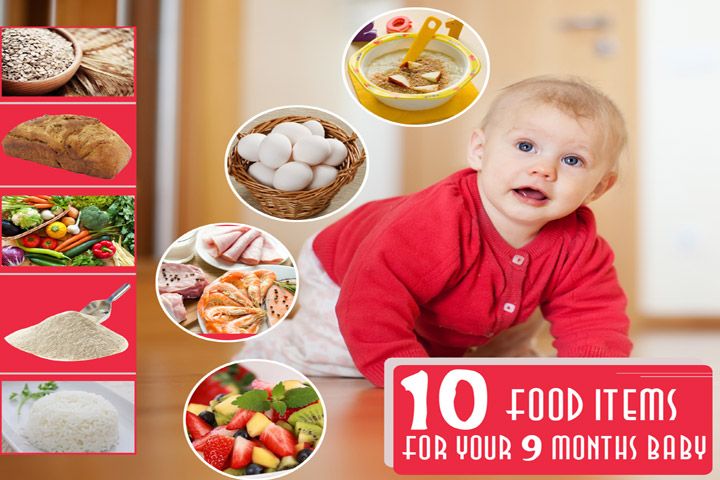
This is especially the case if your baby had immediate cord clamping at birth. It’s estimated around one third of a baby’s blood volume is in the placenta. Cutting the cord too soon means this blood (and the iron stores contained in it) isn’t received by your baby. Find out more about the importance of delaying cord clamping.
The short answer is yes, your baby can have cooked rice at six months of age. However, if you can, try other nutritious foods first.
What nutritious first foods are good for babies?
The most important nutrients for your baby to be able to access is natural, easily absorbable sources of iron and zinc. Meat plays a big role in this.
Milk will continue to be the main source of food until 12 months of age – as they say, food before one is just for fun! But it’s important to choose those first foods wisely.
Avocado and wild salmon are great first foods which are packed with nutrients, as well as healthy fats for brain development.
For a list of first foods which are ideal for your baby, see our article, Starting Solids.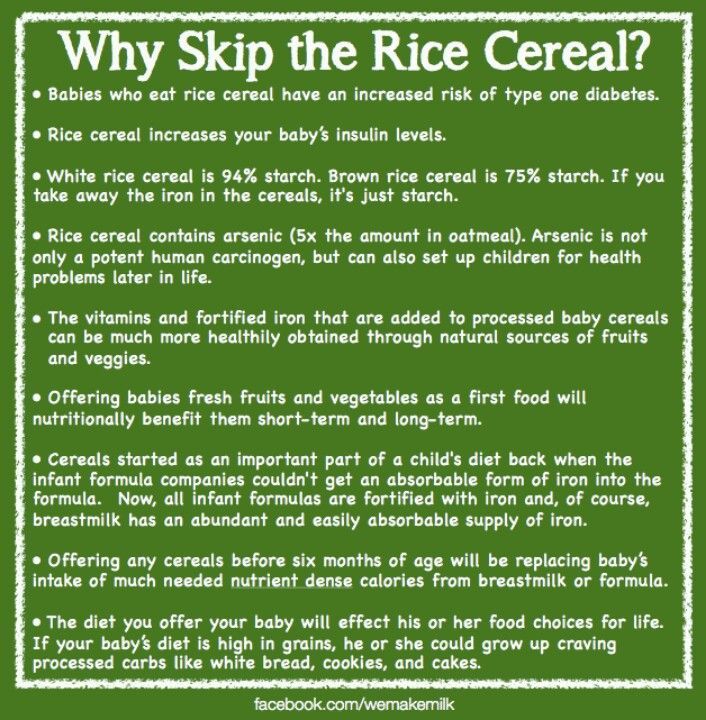
Can my 9 month old have cooked rice?
Babies can eat cooked rice from six months of age, as long as they are developmentally ready for solids.
So yes, your 9 month old can safely eat cooked rice.
Can babies choke on rice?
As a parent, it can be nerve-racking introducing new foods to your baby. Especially when we hear so many stories of babies choking on foods like grapes.
Foods which are a choking risk simple need common sense. For example, when your child is ready to eat grapes, cut them in half long ways.
So, can babies choke on rice?
As long as your baby is around 6 months of age and developmentally ready for solids, rice should not be a choking risk. Always supervise your baby during meal times, and if in doubt, check with your health nurse, paediatrician or nutritionist.
Is white rice good for babies?
White rice is a very common food around the world – a kitchen staple! But is white rice good for babies?
While it will temporarily fill tummies, white rice is not really a healthy choice for babies (or adults either!). With very little nutrition and a lot of starch and carbohydrates, not to mention arsenic, there are plenty of foods which will provide nutrition and help your baby thrive, without spiking blood sugar levels.
With very little nutrition and a lot of starch and carbohydrates, not to mention arsenic, there are plenty of foods which will provide nutrition and help your baby thrive, without spiking blood sugar levels.
Because babies primarily drink milk and eat so little in the way of solid foods, it’s important to make those solid foods count. As mentioned earlier, foods rich in iron and zinc are key. It’s important for brain development and red blood cell production, which is so important for so many bodily functions.
Arsenic in rice – should I be concerned?
Recently, some organisations have highlighted arsenic levels in rice products are of concern. Some groups have advised parents to avoid feeding babies rice (including baby rice cereal) for this reason.
The American Academy of Pediatrics published a statement about arsenic in rice, saying, “Rice contains a high amount of arsenic. A natural element, arsenic is found in water, air and soil. It is linked to skin, lung, liver, kidney and bladder cancer.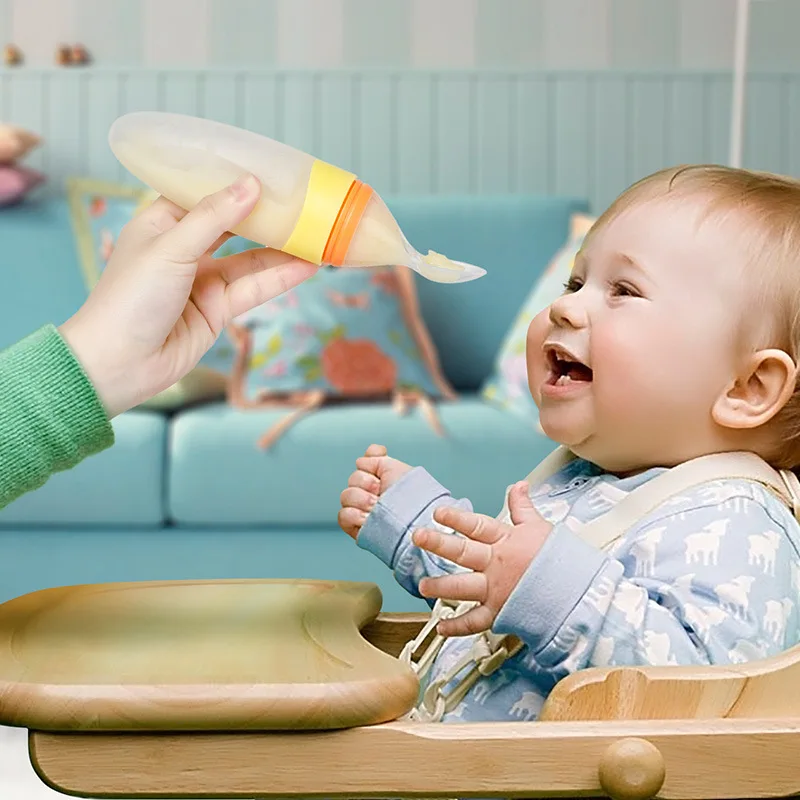 Arsenic exposure also may cause problems during pregnancy and developmental problems at birth.”
Arsenic exposure also may cause problems during pregnancy and developmental problems at birth.”
Rice readily absorbs arsenic from the soil and water it grows in. Brown rice is actually worse – it contains more arsenic than white rice, as the arsenic gets trapped in the fibrous hull. So if you do choose to feed your baby rice or rice cereal, be sure to keep it minimal, and avoid using it as a staple food if possible.
Recommended Reading
BellyBelly highly recommends the book Baby Led Weaning – The Essential Guide by Jill Rapely.
Tags: baby foodcooked ricericesolids
90,000 3 reasons to offer the baby rice dishes - Parents.ruAbout power
- Photo
- Jun IHARA/GETTY IMAGES/ISTOCKPHOTO
Allergist -immunologist
Honored favorite
Rice is a storehouse of benefits. No wonder it is the No. 1 product in oriental cuisine, popular all over the world. It becomes the basis of many delicious dishes and does not harm the figure. Why is it so beautiful:
-
Many vitamins. Rice is one of the most useful cereal crops and a very important product for children's diet. It is rich in fiber, proteins, carbohydrates, all B vitamins, trace elements such as calcium, magnesium, zinc, phosphorus, manganese, iron, copper, amino acids. And all this is necessary for the growth and proper physical development of children.
-
Low calorie and hypoallergenic. In 100 g of rice porridge, for example, no more than 100 calories. For a child, it is also good because it does not contain gluten, which is often the main provocateur of allergic reactions in both children and adults.
-
Disease prevention. The benefits of rice for a child's body are obvious. Products and trace elements contained in rice are necessary for the mental development of the child, they improve cerebral circulation, strengthen the nervous system.
In diseases of the gastrointestinal tract, rice products have a beneficial effect on the gastric mucosa, gently enveloping it. In addition, rice is a good absorbent, capable of removing harmful substances and toxins from the body. It is not in vain that rice broth is recommended to give water to a child in case of poisoning or during a rotavirus infection.
- Photo
- Graham Oliver/Getty Images/iStockphoto
When to start?
Rice can be introduced into the baby's diet with the first complementary foods. What's more, it's considered one of the most recommended foods to start weaning as it's highly nutritious, easy to digest, and causes little to no allergic reactions in babies.
Rice goes well with any ingredients and products - meat, fish, vegetables, fruits, cereals, nuts.
Dishes such as rice porridge with water or milk, ground rice as a side dish, casseroles, mousses can diversify a child's diet. The product should be used no more than 1-2 times a week.
The right choice
When choosing rice, be guided by the degree of its processing. The higher it is, the less useful substances are preserved in it. The most dietary and favorable is brown / brown rice. It contains many more microelements, vitamins and complex carbohydrates, which contribute to a balanced diet, help replenish the baby's energy reserves, and also act as an excellent absorbent, absorbing and removing toxins and toxins from the body.
In second place in terms of its beneficial properties is steamed rice. Vitamins and minerals in such rice are slightly smaller than in brown. This is because during processing and polishing, some of the useful substances are removed along with the shell, and some goes into the core. Such cereals are very convenient to prepare and much tastier than other types of product, since after cooking it turns out to be crumbly and, most likely, the child will be more willing to eat it.
More useful materials about the proper upbringing of children - in our channel on Yandex.Zen.
Lyubov Prishlaya
Reading today
Mysterious death - a boy rescued from a flooded cave in Thailand died: what is known about the history of rescue of 13 schoolchildren
Benefits for pregnant women and parents in 2023 Spain: a complete list of new payments
introduced paid menstrual leave: what you need to know about the innovation
Online broadcast and funeral at sunset: 8 features of the burial of Elizabeth II0003
Rice for children: benefits, recipes, recommendations
Contents
Rice groats are a useful hypoallergenic product that contributes to the rapid harmonious development of the child. A well-fed baby becomes energetic, active, explores the world with pleasure. Rice for a one-year-old child can be prepared in many ways, no doubt, many dishes will appeal to the baby.
At what age to give rice to children
It is recommended to postpone the first acquaintance with cereals - corn, rice or buckwheat until the age of 6-7 months. During this period, the child's body is ready for such food. Except in the following cases:
- the baby suffers from constipation;
- the baby is obese - rice will accelerate the weight gain of the child;
- baby suffers from colic. Eating rice will exacerbate the problem.
At what age a child can take rice, each parent decides on his own after consulting with a pediatrician.
The optimal period for introducing rice into the diet depends, among other things, on the type of feeding.
- For breastfeeding babies, rice is recommended not earlier than 6-7 months.
- Artificial babies can be given rice a little earlier.
Rice, like most foods for the first feeding, should be introduced into the diet slowly, gradually. Pay close attention to how your body reacts. In the absence of a negative reaction, you can continue the introduction.
Rice benefits for baby
Rice is great for the first feeding. Due to the starch-mucous structure and enveloping action, rice porridge has a beneficial effect on the child's gastrointestinal tract and protects the stomach from irritation.
Rice is especially useful for children prone to diarrhea. Rice groats have a pronounced fixing effect.
Nutritionists say that rice porridge is the most tender and best for complementary foods. Even for babies with sensitive digestive systems. For the smallest, rice porridge is also preferable because it does not contain gluten. Groats are considered the best substitute for wheat.
Rice for children from one year old and at an older age perfectly replenishes energy costs, is an important source of minerals and proteins.
The product contains: potassium, calcium, magnesium and phosphorus, as well as folic acid, carotene, thiamine, 8 essential amino acids.
Porridge is rich in complex carbohydrates that help maintain the child's muscle strength. With proper preparation, porridge will satisfy hunger for a long time and give the baby pleasure from the meal.
Which rice is healthier for a child?
The most popular in our latitudes are round-grain, medium-grain and long-grain rice. Less commonly cooked brown and steamed. These cereals are eaten by mothers on a diet, but they are in no hurry to give to babies. And in vain. In moderation, all types of rice are good.
- Round grain rice contains the highest amount of starch. The groats are well boiled, becoming sticky, soft, creamy. Round grain rice is ideal for making casseroles, puddings.
- Medium-grain rice sticks much less when cooked, but absorbs the flavors of other ingredients very well. Also suitable for casseroles, soups. In moderation, the product is recommended for children.
- Long grain is less boiled than others. Long and thin grains do not stick together during cooking. This type is versatile and suitable for cooking any dishes.
- Brown rice is healthier than white. Grains with preserved bran shell save more valuable substances. However, brown rice is coarser, more expensive, takes longer to cook, and has a shorter shelf life. Brown rice is recommended for babies aged 9-10 months and older. At an earlier age, brown rice should only be given mashed.
- Parboiled rice is less valuable than brown, but healthier than white. It retains up to 80% of useful substances. Groats are ideal for cooking pilaf. The grains do not stick together and do not lose their taste properties even when reheated.
Rice for children: recipes and cooking rules
Rice is thoroughly washed before cooking until the water is completely clear.
- Round and medium grains, it is recommended to soak an additional 15-20 minutes in warm water, then rinse again in cold water.
- Long-grain and steamed, after washing, pour boiling water over, and then pour over again with cool.
How to cook rice for a child
When the rice is washed and processed, it needs to be ground before cooking. You can grind the product in a blender or coffee grinder. Porridge for a child is boiled in water, milk or milk with the addition of water. Sugar in the composition of the dish is best avoided, especially if you are preparing a dish for children under one year old.
The rice itself makes the porridge sweet. You can also add fruits or berries that are suitable for the age of the baby.
In addition, rice goes well with vegetables, fish, meat, cream, cinnamon, olive oil.
Age restrictions and the presence of allergic reactions must be taken into account!
To avoid problems with fixing the stool, it is recommended to boil porridge on a decoction of fennel, prunes, add pureed dried fruits. You can also feed the baby with ready-made rice porridge purchased at the store in the baby food section.

